Last week’s violent anti-Semitic protest at Stanford is yet another sign of a pernicious climate on many campuses. The immediate targets are Jews and Israel. The larger targets are many of the values we prize in the West.
At Stanford, students broke into the university president’s office using hammers and crowbars. They proceeded to barricade themselves inside, destroy the furnishings, and scrawl noxious graffiti there and on the building outside. Some estimates say they caused $700,000 in damages.
Twelve students were arrested by local police. The Santa Clara District attorney announced that the break-in had been carefully organized in advance, caused enormous damage and warranted criminal charges. But, he said, it did not warrant severe punishment. “I don’t think this is a prison case,” he said.
The violent protests are Stanford are hardly the only ones on campus, and the spring protest season is just getting started. At Case Western University in Ohio, students caused over $400,000 in damage by smearing buildings with red paint. Expect more to come at universities where the violence goes unpunished and prosecutors are as weak-kneed as the one in Santa Clara.
Campus violence, destruction, harassment and intimidation are more than criminal. They are also direct attacks on the basic purpose of our educational institutions. They undermine our nation’s core value of free, non-violent speech and assembly, encoded in the First Amendment.
If university leaders and local law enforcement are unwilling to protect those rights, if they are unwilling to sanction those who violate them, then they are opening the door for others who will act to protect those values and those endangered students.
When are protests perfectly legitimate and when do they cross the line? They deserve protection when they are non-violent, respect others’ rights and property, do not defame or intimidate others or target them for their race, nationality, sex or religion, categories that are protected by law. They must not disrupt the study or activities of students, faculty or administrators. If they are on campus, they must comply with campus rules, as long as the rules themselves are constitutionally permissible. (For example, public universities can no longer restrict free speech to small, designated areas, as they once did.)
The protests become illegitimate – and illegal – when they turn violent, terrorize other students, prevent students from attending class or reading quietly in the library, or cause significant property damage, as those at Stanford did.
Columbia led the way with protests like that and others have followed. At Princeton last week, for instance, protesters disrupted a talk by a former Israel official, yelled anti-Semitic slurs, and pulled the fire alarm. The university responded forcefully… by pledging not to cave in to President Trump.
What can we say about these developments on college campuses, especially elite ones in the Northeast, and the cities near them?
First, they grow out of deep ideological bias in high school and even middle school, amplified by university departments in the humanities and social sciences.
Second, most students are not involved in these protests. They are limited to a small group of left-wing activists, supported and funded by like-minded outsiders. Other students typically keep their heads down, lest they become individual targets.
Third, not all protests are violent. Some involve perfectly legitimate free speech. You may not agree with the views expressed; they may even be repulsive; but they are protected under the First Amendment, at least at public universities. Other protests, however, are impermissible because they are violent, destructive and intimidating to other students, who have protected rights. It is crucial to distinguish between these legitimate and illegitimate protests because only non-violent free speech deserves protection. Violent protests deserve punishment, either by law enforcement or the university or both.
Alas, many protests have moved well beyond non-violent actions, well beyond respect for the rights of other students, faculty, and staff, and well beyond the laudable goal of protecting innocent civilians in the Middle East, the purported aim of many protests.
In fact, the protests were never about protecting all innocents. They always excluded Jews and especially those in “the Zionist entity.” That was apparent to anyone who cared to look closely at the protests which began on the streets of Manhattan and the campuses of Columbia and NYU within hours of the October 7 attacks.
The crucial point is that those protests began before the Israeli Defense Forces responded. The demonstrations were openly pro-Hamas and openly anti-Israel, often advocating its complete destruction. That is the implicit meaning of “from the river to the sea.” As it happens, Israel’s borders run from the Jordan River to the Mediterranean Sea. The slogan effectively calls for its elimination. Often, the protesters are even more explicit.
Campus protesters and those on city streets either ignored the innocent Jewish victims or simply shouted their support for Hamas and jihad. Few protesters were dumb enough to shout that they approved Hamas’s kidnapping, rapes, beheadings and torture of Jews. But they effectively did so by offering unalloyed support for Hamas.
That they began those marches before Israel struck back makes clear what the protesters had in mind. They were not protesting prospective retaliation by the Jewish State. That had not happened yet. They were simply giving their full-throated support to jihad against the Jews.
Violent protests continued because, until recently, nothing was done to deter them. That has changed with Trump in the White House, Pam Bondi at the Department of Justice and Kash Patel at the FBI. But their efforts are just getting started. Their initial focus is on foreign students, who entered the US at the government’s discretion. They can be removed with the same discretion, subject to due-process.
The universities themselves have done almost nothing. Did Columbia or other campuses expel scores of students who erected tents in the middle of campus and stayed there for weeks, all in open violation of university rules? No. Did they attempt to remove the students who occupied and destroyed campus buildings and barricaded themselves inside? No. When the New York police finally removed them, were they prosecuted vigorously by Manhattan DA Alvin Bragg? No chance. He gave almost all of them Monopoly cards reading “Get out of jail free.” What about the UCLA students and their fellow travelers who declared a portion of this public campus “Jew free” and refused to let Jewish students pass through it? Did local authorities prosecute? No. Truly disgusting.
The failure of university leaders to expel students or at least suspend them and the failure of public prosecutors to charge serious crimes and seek jail time has predictable results. It encourages more violence, intimidation, and disruption instead of deterring them. Want evidence, beyond Alvin Bragg? Look again at the Stanford protesters. As we noted earlier, the local DA thinks jail time would be too harsh for these fine young students. Not exactly a profile in courage, and certainly no deterrent to future troubles.
A second feature of the Stanford protests has been overlooked. All the protesters arrested by the sheriff were US citizens. No international students at all, even though they had been major factors in previous protests. What changed? Trump replaced Biden. Students who came here on visas or green cards knew the Trump administration would act swiftly to deport them, unless the courts prevented it. These foreign students faced a genuine risk. The “hate Israel” protesters adapted by using only American citizens to occupy and deface buildings.
Protestors are not the only ones adapting. Parents are adapting, too. The most obvious way is by avoiding universities riddled with violence and anti-Semitism – and the chilling effect on all students who differ from the left-wing crowd. Those students are applying in far greater numbers to universities that understand the mission of higher education, which must include a safe environment for all students. Universities across the South have seen a surge of applicants from the Northeast.
The leaders of these Southern universities are now the champions of the campus free-speech movement. The gold medals go to Vanderbilt’s Daniel Diermeier and to the University of Virginia, which now ranks #1 nationally for free speech. What a fitting honor for UVA, the university founded by the man who wrote the First Amendment. Where do the Ivies rank? Leading the race to the bottom, well below hundreds of other colleges and universities.
There’s another problem here. Since the campus violence and intimidation is well-organized and well-funded, we need to know who is behind it and whether those organizations have conspired to violate the law. The public still doesn’t know the answers, and we deserve to know them. How much came from dark-money progressive foundations? How much from terror-supporters in the Middle East? How involved is antifa? How involved are America’s enemies, whose goal is social discord?
Besides providing money and organizational expertise, how closely were these outsiders involved in supporting illegal activities? Again, we simply don’t know, or least we haven’t been told by those who do. The answers should come from the Department of Justice and FBI, working closely with local US attorneys.
The level of financial support, local coordination, and experienced organization is obvious. I personally observed that impact at one elite university, where the central quadrangle was obstructed by dozens of expensive, identical tents, all of them erected overnight and clearly purchased in advance. With whose money? The encampment included plenty of older adults, perhaps from antifa, who were helping run the encampment, labeling some tents as “medical,” others as “press” and so on. That kind of organization reflects prior, on-the-ground experience at other protests. I also saw adults showing students how to wield large umbrellas with pointed ends, like spears, to prevent photographs and intimidate anyone from looking too closely. The umbrellas were identical and had obviously been brought to campus by the adult organizers, who were showing students how to wield them.
Both students and these older adults wore masks to protect against identification – and punishment. That deserves additional sanctions if they violate laws or campus rules, and universities should stipulate that clearly. So far, unfortunately, almost nothing seems to warrant any punishment. Or, rather, it didn’t until some Southern universities said, “No violence and intimidation on our campuses” and the Trump administration began taking action against international students involved in those protests.
It is perfectly legitimate to argue that the Trump administration has overreached in its response to universities, both by cutting funding to some schools and seeking to deport some students. The issues here involve rights to due process and the administration’s power to take these actions under existing laws. On the other side, there are serious questions about whether federal district judges have overreached their authority by trying to block the Trump administration and issuing nationwide, non-appealable orders that go well beyond the litigants in their courtroom. These cases raise fundamental issues about the rule of law, required administrative procedures, and the protection of individual rights. They deserve to get clear guidance from the Supreme Court, and they are almost certain to get it.
As we await those decisions, we should also recognize that the Trump administration is acting because local authorities and universities didn’t. Those institutions failed in their basic responsibilities, and they should be held to account. Local authorities failed to arrest, charge and ultimately convict and punish the miscreants involved in campus violence, harassment, and intimidation. Universities failed to protect their students and ensure a safe environment to live, study, and learn.
Their shameful failures led to this current mess. It’s time to clean it up with strong, clear acts to protect free speech and punish those who would quash it.



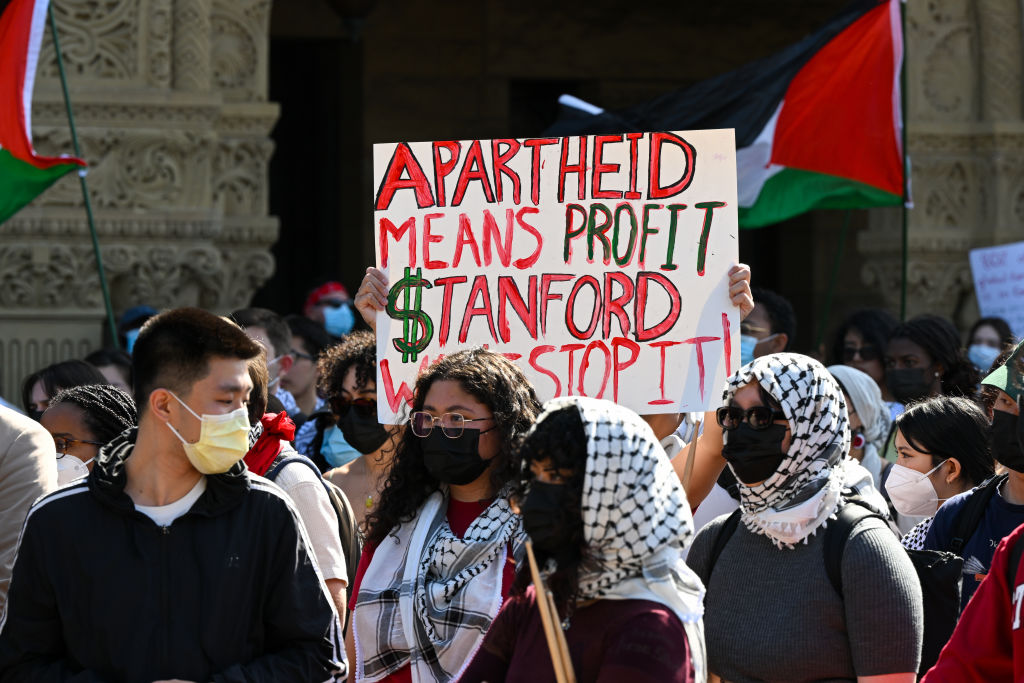






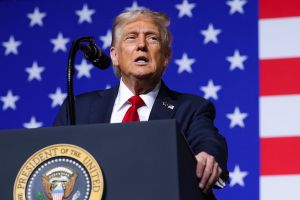

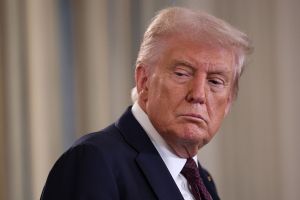
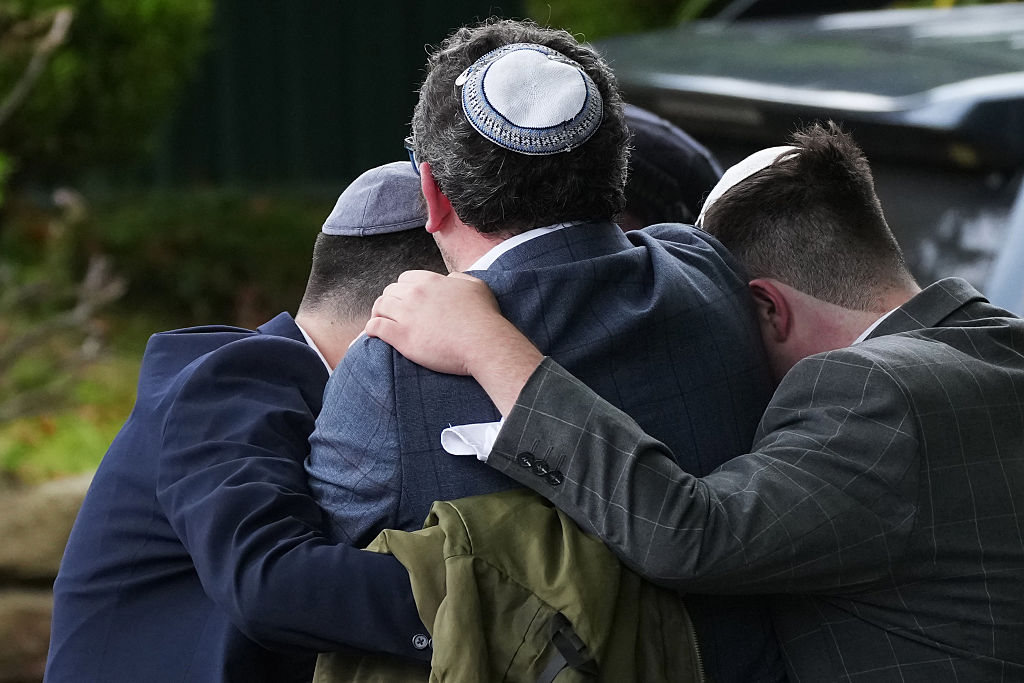
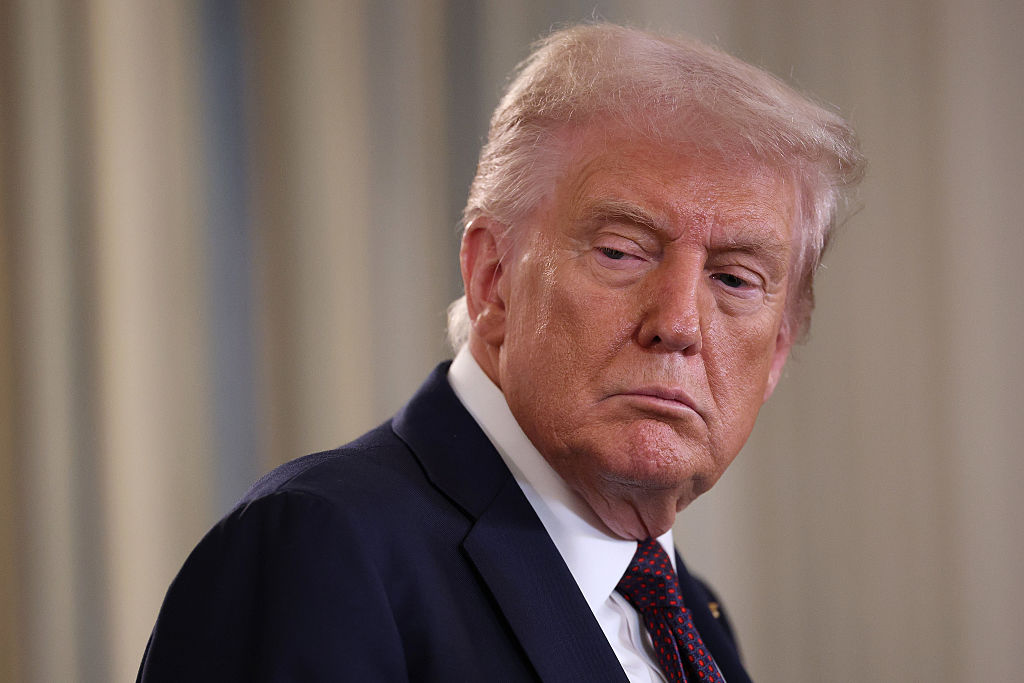

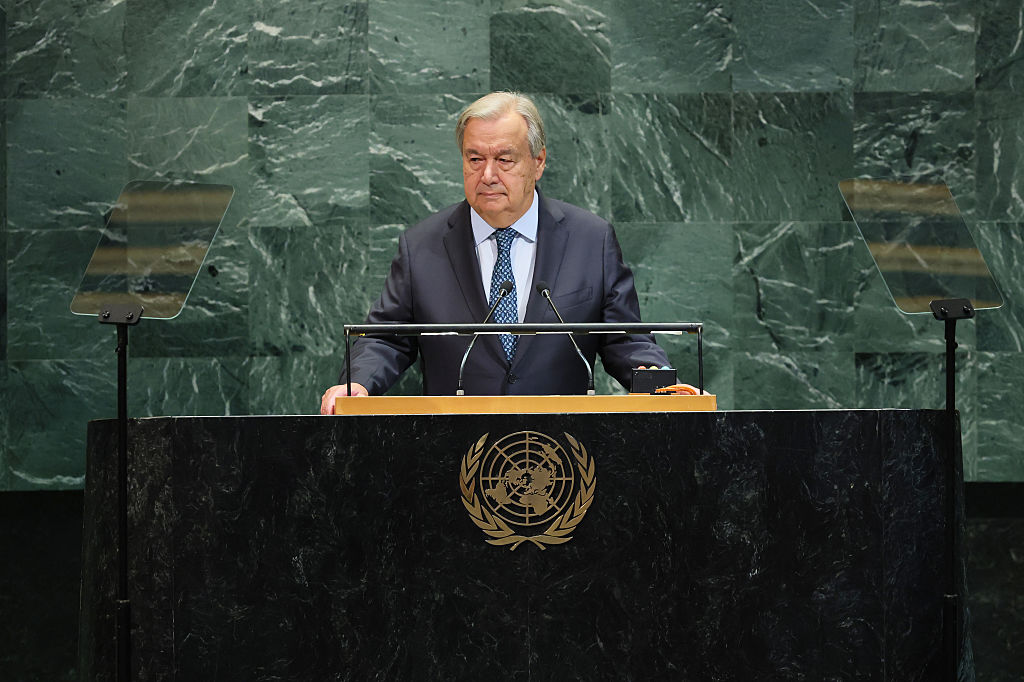
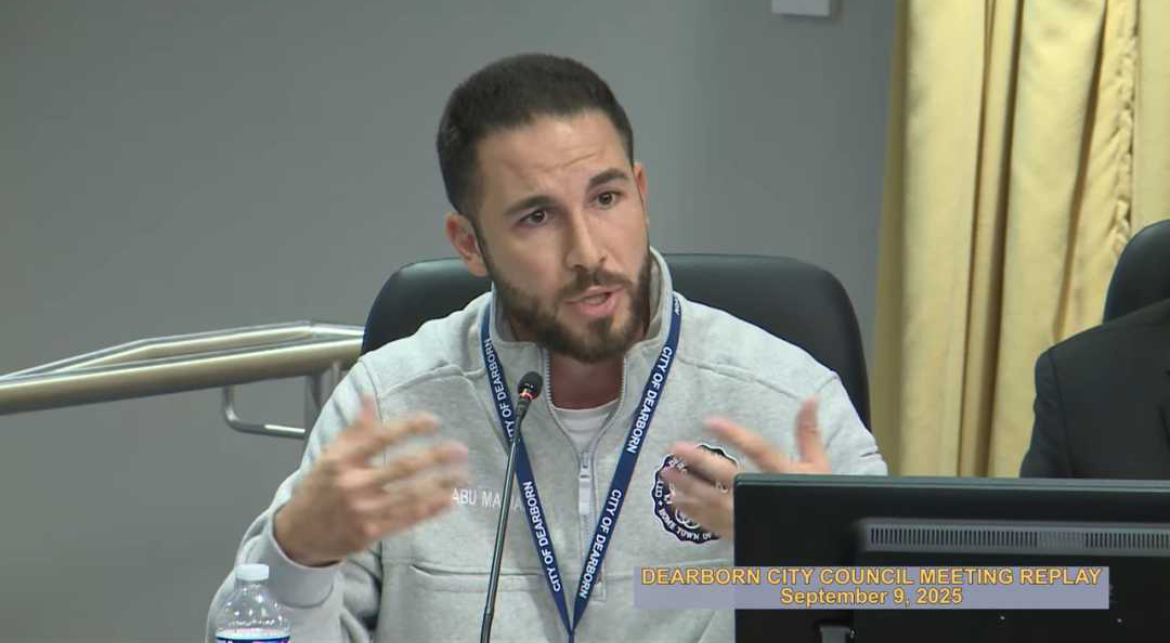
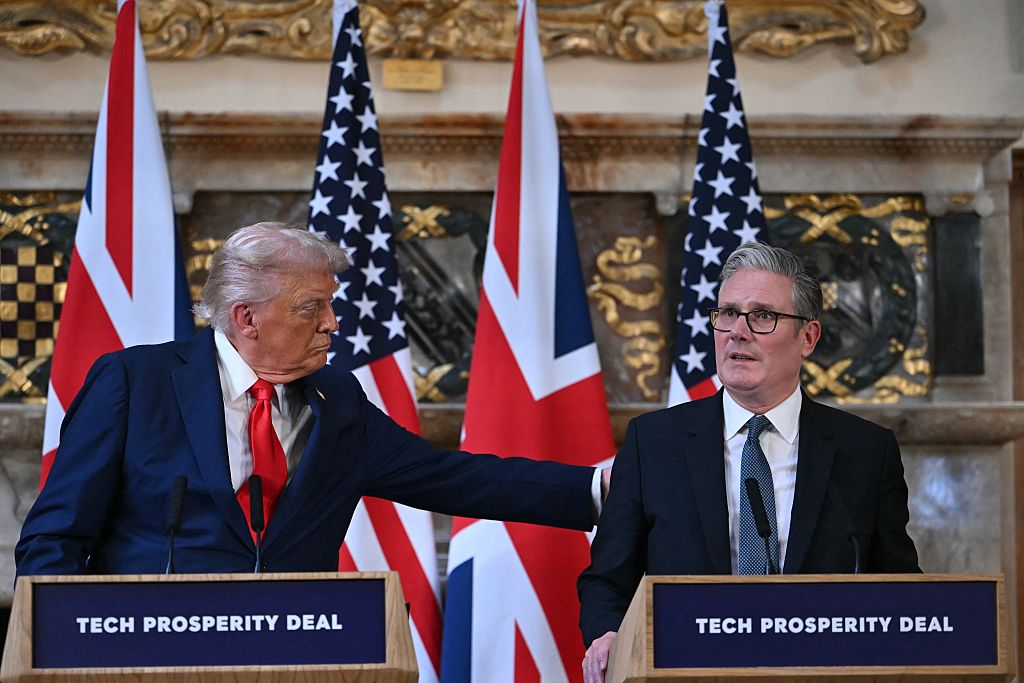

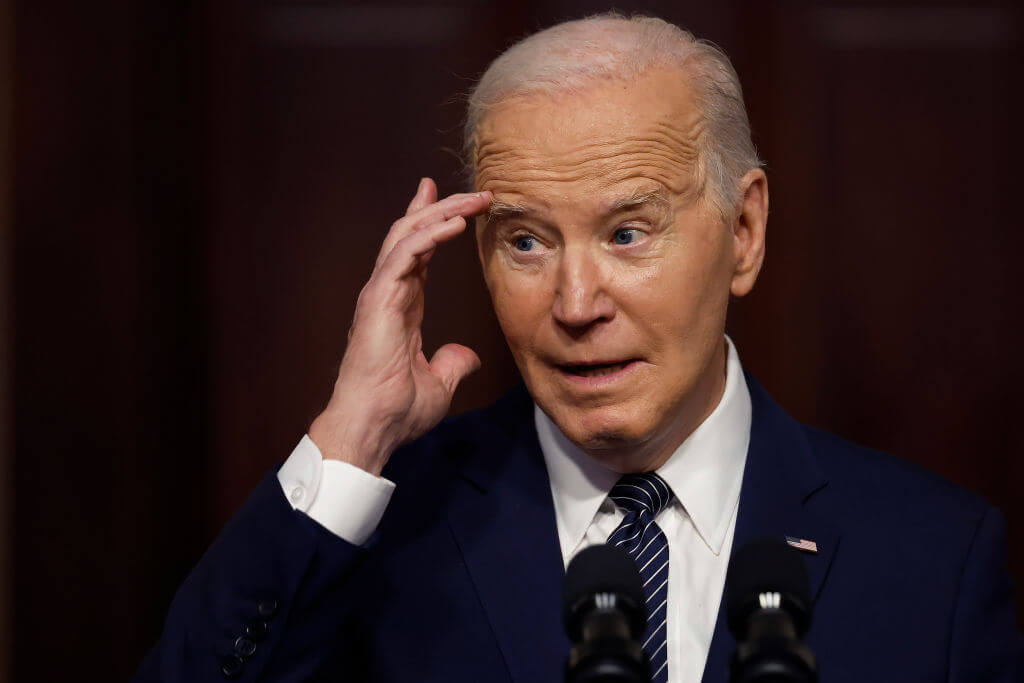



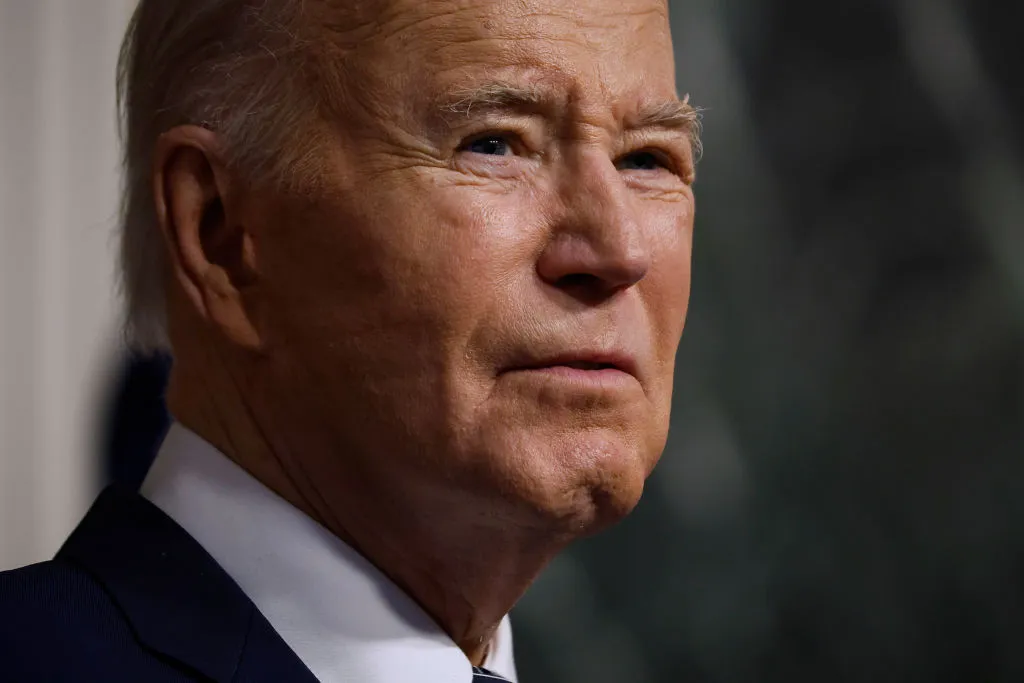

Leave a Reply